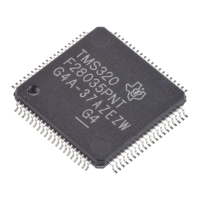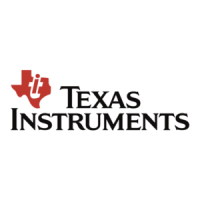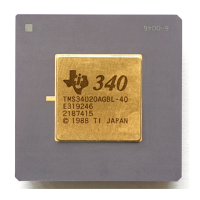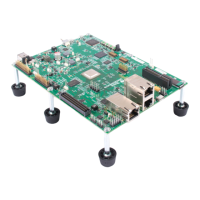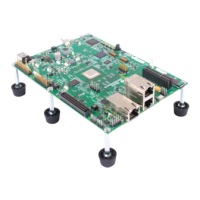5.2 Use of Floating Point
5.3 TMS320C6xxx Rules and Guidelines
5.3.1 Endian Byte Ordering
5.3.2 Data Models
5.3.3 Program Model
Use of Floating Point
It is important to note that the use of global registers by algorithms is permitted. However, like
self-modifying code, their use must be invisible to clients. This can be accomplished by either never
modifying global registers or by disabling interrupts around those sections that modify and restore global
registers.
Referencing the float data type in an algorithm on a fixed point DSP causes a large floating point support
library to be included in any application that uses the algorithm.
Guideline 11
Algorithms should avoid the use of the float data type.
This section describes the rules and guidelines that are specific to the TMS320C6000 family of DSPs.
The C6x family supports both big and little endian data formats. This support takes the form of "boot time"
configuration. The DSP is configured at boot time to access memory either as big endian or little endian
and this setting remains fixed for the lifetime of the application.
The choice of which data format to use is often decided based on the presence of other processors in the
system; the data format of the other processors (which may not be configurable) determines the setting of
the C6x data format. Thus, it is not possible to simply choose a single data format for all
eXpressDSP-compliant algorithms
Rule 25
All C6x algorithms must be supplied in little endian format.
Guideline 12
All C6x algorithms should be supplied in both little and big endian formats.
The C6x C compiler supports a variety of data models; one small model and multiple large model modes.
Fortunately, it is relatively easy to mix the various data memory models in a single application
Programs will achieve optimal performance using small model compilation. This model limits, however, the
total size of the directly accessed data in an application to 32K bytes (in the worst case). Since algorithms
are intended for use in very large applications, all data references should be far references.
Rule 26
All C6x algorithms must access all static and global data as far data.
Rule 27
C6x algorithms must never assume placement in on-chip program memory; i.e., they must properly
operate with program memory operated in cache mode.
SPRU352G – June 2005 – Revised February 2007 DSP-Specific Guidelines 47
Submit Documentation Feedback
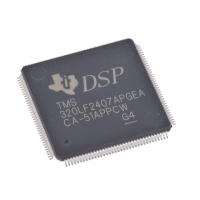
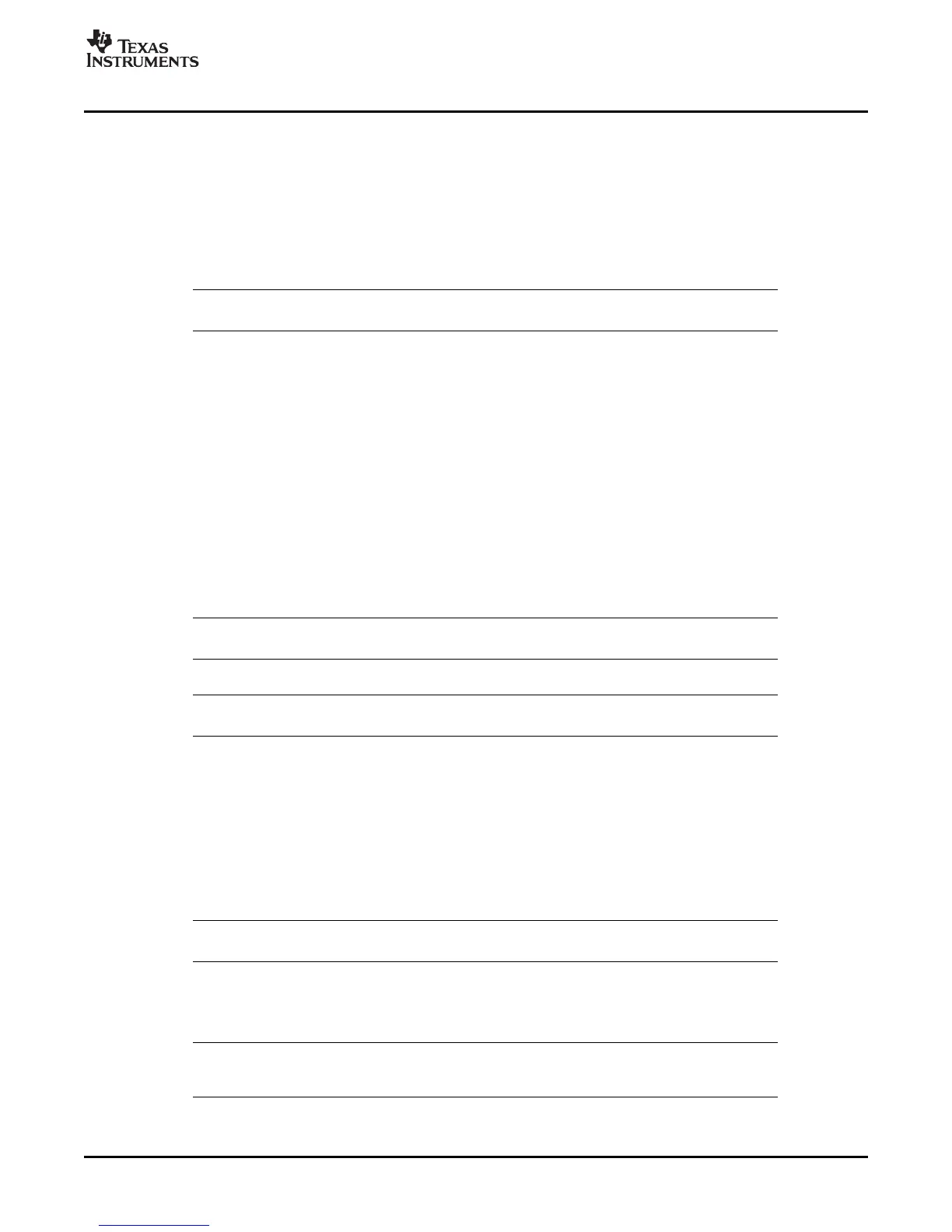